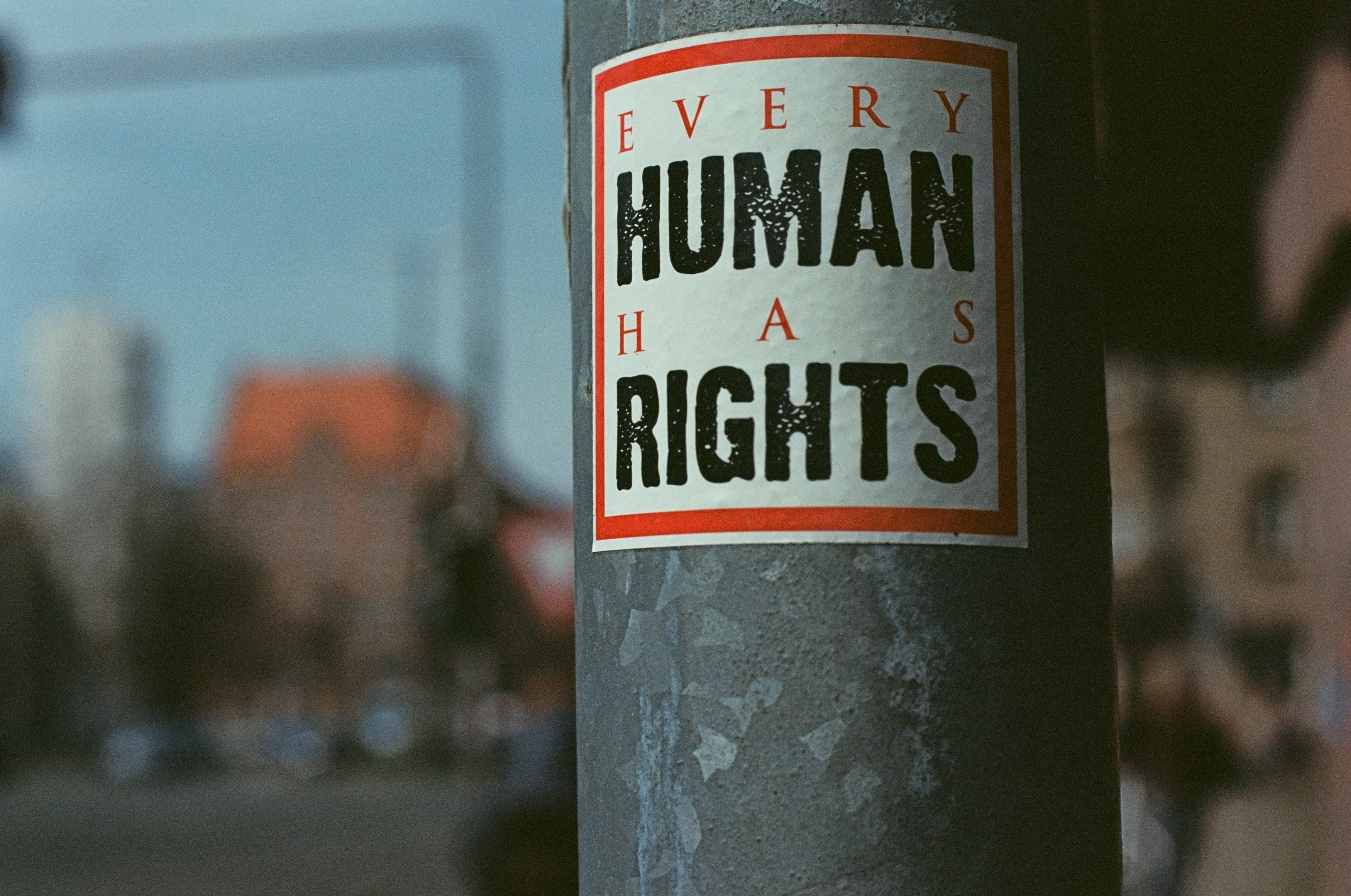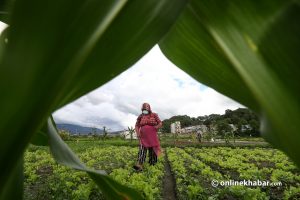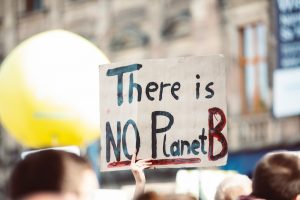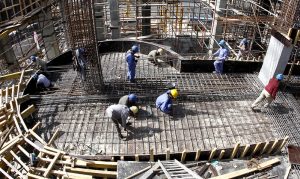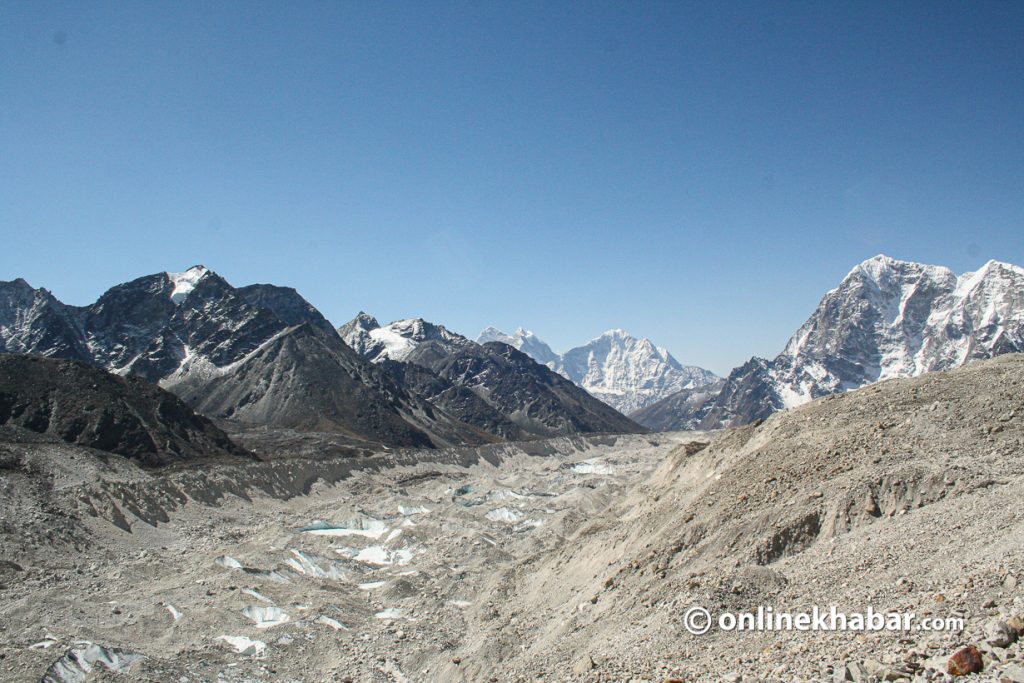
What kind of development are we looking for? Where does that come from? What path should be followed for the desired development? What is our biggest challenge now? There are different opinions on the answer to the first three questions, but the answer to the last question is straightforward – climate change.
The 28th Conference of Parties (COP) Summit recently concluded in the United Arab Emirates. Held annually in various countries, the COP serves as a global platform to discuss and address the pressing issue of climate change.
COP 28 witnessed the largest participation ever, with representatives from over 200 countries. This record-breaking attendance underlines the world’s growing commitment to addressing climate change.
The Dubai talks culminated in a landmark deal to significantly reduce the use of fossil fuels, marking a critical step towards a more sustainable future.
Climate change is currently a major global concern, and Nepal’s active participation at the COP 28 Summit, with representation at the Prime Minister level, demonstrates our nation’s serious commitment to addressing this pressing issue.
During the conference, Nepal actively engaged in discussions. We hosted our own dedicated space for various meetings, facilitated roundtable discussions, and even welcomed the UN Secretary-General for talks. So what are the impacts of climate change on human rights?
Relation of climate change to human rights
Climate change presents an unparalleled threat to our planet, impacting people in ways that surpass our expectations and causing profound changes in ethical, economic, and social structures. Nepal, in particular, experiences deep-seated effects, necessitating an exploration of the intertwining dynamics of climate change and human rights, highlighting the distinct challenges faced by its population.
In Nepal, the consequences of climate change manifest through heightened instances of poverty, earthquakes, floods, landslides, and other natural disasters. These events not only reshape Nepal’s social and cultural landscape but also critically scrutinise human rights.
Climate change exacerbates existing inequalities, pushing impoverished and marginalised communities further to the fringes. When these vulnerable groups bear the brunt of natural disasters, asserting their rights becomes an arduous task, hindering their ability to live independently without adequate support systems.
The mounting temperatures, unpredictable rainfall, and natural calamities in Nepal contribute to insecurities in health and livelihood. Women, children, and elderly citizens are particularly vulnerable and placed in precarious positions due to economic and social circumstances. The impact on their health and livelihood security creates a persistent cycle of poverty that is challenging to break.
Nepal has taken affirmative steps to control the impacts of climate change, ensuring the safety and prosperity of its people. Initiatives promoting renewable energy, environmental conservation, and community-based resilience programs underscore the country’s commitment to mitigating the adverse effects of climate change.
Impact on human rights
Climate change significantly undermines a range of human rights, including the right to life, health, food, water, shelter, and self-determination. This is particularly true for individuals and communities who are already marginalised or vulnerable, such as indigenous populations and those living in poverty, which are explained below:
1. Right to life: Climate change is already claiming lives across the globe. According to an article in Nature Medicine Journal, 61,000 people died in Europe in 2022 due to extreme heat. In Canada, 619 people succumbed to heat waves in just one week in 2021.
The World Health Organization warns that 3.6 billion people already live in areas highly vulnerable to climate change, facing increased risks of malnutrition, malaria, diarrhoea, and extreme heat. Between 2030 and 2050, climate change-related disasters are estimated to claim 250,000 lives annually.
Even in Nepal, the National Disaster Risk Reduction and Management Authority reported 2,362 deaths between April 2022 and March 2023 due to landslides and heavy rains. Vulnerable populations, including children and the elderly, are often disproportionately affected. To protect the right to life, urgent action is needed to mitigate climate change and build resilience in communities around the world.
2. Right to Health: Article 25 of the Universal Declaration of Human Rights and Article 12 of the International Covenant on Economic, Social and Cultural Rights, every citizen has the right to enjoy the highest level of physical and mental health. Floods, hurricanes and wildfires destroy homes and infrastructure, leaving people homeless and vulnerable to additional health risks.
Climate change presents a fundamental threat to human health. It affects all aspects of the physical environment as well as natural and human systems, as well as social and economic conditions and health systems. The Intergovernmental Panel on Climate Change (IPCC) Sixth Assessment Report concluded that climate risks are emerging rapidly and will become more severe sooner than previously expected, and that adaptation to increasing global warming will be difficult.
3. Food-related rights: Climate change hampers food production and distribution. This leads to malnutrition and micronutrient deficiency, weakens the immune system and increases susceptibility to diseases. According to the World Hunger Index, Nepal, which was ranked 81st last year in the list of 125 countries, has improved by 11 places to rank 69th this year Climate change can disrupt food availability, reduce access to food and affect food quality. For example, projected increases in temperature, changes in precipitation patterns, changes in extreme weather events, and reductions in water availability may reduce agricultural productivity.
4. Right to Housing: Article 25 of the Universal Declaration of Human Rights and Article 11.1 of the International Covenant on Economic, Social and Cultural Rights provide for the right to housing. According to a study by the International Displacement Monitoring Center, climate-related hazards caused nearly 32 million internal displacements in 2022, representing a 41 per cent increase since 2008 It is said that more than 30 million people were directly affected by the floods in Pakistan in 2022. Similarly, 8 million people had to be displaced. In this way, climate-related disasters have also affected the right to housing.
6. Rights to Development: A report by London-based global think tank the Overseas Development Institute shows that India could lose 3-10 per cent of its GDP annually by 2040 and that the poverty rate could increase by 3.5 per cent in 2040 due to climate change. According to the report, between 1970 and 2021, 11,778 disasters were reported due to weather, climate and water. They caused 20, 87,229 deaths and USD 4.3 trillion in economic losses. Thus, changes in drought, flood and rainfall patterns disrupt agricultural production and affect food security and economic development. In 11 years, more than 2300 people have died and more than 19 billion have been damaged due to waterborne disasters in Nepal.
In conclusion, as Nepal confronts the challenges posed by climate change, prioritising protecting human rights is crucial. Collaborative efforts between the government, civil society, and international communities are essential to address the disproportionate impacts on vulnerable populations. By integrating human rights considerations into climate policies and fostering sustainable practices, Nepal can pave the way for a resilient and equitable society amidst ongoing environmental changes.
While Nepal contributes minimally to global emissions, with 45 per cent of its land covered by forests and a national goal of net zero by 2045, it remains one of the most vulnerable countries to climate change. This highlights the urgent need for equitable support from developed nations.
Despite lecturing others about human rights and readily mobilising resources for international conflicts, some developed countries seem to fall short when it comes to providing necessary climate finance to address loss and damage in vulnerable nations like Nepal.
This discrepancy calls for greater diplomatic vigilance and alertness from Nepal to secure access to climate finance and ensure its right to development and a sustainable future. By effectively advocating for climate justice and human rights together, Nepal can lead the way for other vulnerable nations in securing the support they need to adapt and thrive in the face of this global challenge.




